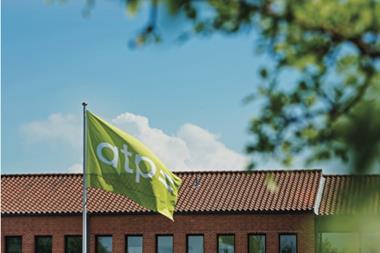Insurance & Pension Denmark has published an analysis of returns on pension savings last year – data it said show why it is important to have more risk exposure if customers are to keep the purchasing power of their pension savings.
Andreas Østergaard Nielsen, head of analysis at IPD, said: “It is clear that pension customers are very different, and their preferences for taking risk in investment are correspondingly different.
“But when we sum the year up, it is clear that more risk exposure in 2020 paid off – even in a very turbulent coronavirus year, which started with big dives on stock markets,” he said.
The accumulated return achieved on market-rate pension savings in the more risky asset classes of global equities and emerging market equities was 10.5% and 9.1% respectively in 2020, IPD said.
These high full-year returns came despite the fact that both asset categories had been showing year-to-date losses of around 20% after the first quarter, the industry association said.
Meanwhile, the accumulated return on the less risky assets classes of government and mortgage bonds, and investment-grade bonds, came in at 4.3% and 0.9%, respectively, for the full year, according to the lobby group’s data.
Østergaard Nielsen said the returns on the various asset classes illustrated why it was necessary to take more risk in order to achieve a return that could preserve the purchasing power of pension savings.
Whereas in the past, decent returns could be had by investing in low-risk bonds, low interest rates both in Denmark and the rest of the world now meant savers now had to invest differently to get a good return on investment, he said.
“The completely safe havens for investment no longer provide great returns,” said Østergaard Nielsen.
IPD said that over the last 10 to 15 years, Danes’ pension savings had shifted away from pensions with a guarantee, towards unguaranteed pensions.
Pension savings with a guarantee now make up almost half of all pensions assets in the Nordic country, and around 30% of contributions, the group said.
“The non-guaranteed products enable the pension companies to take more investment risk and so achieve a higher expected return for pension customers,” Østergaard Nielsen said.












No comments yet